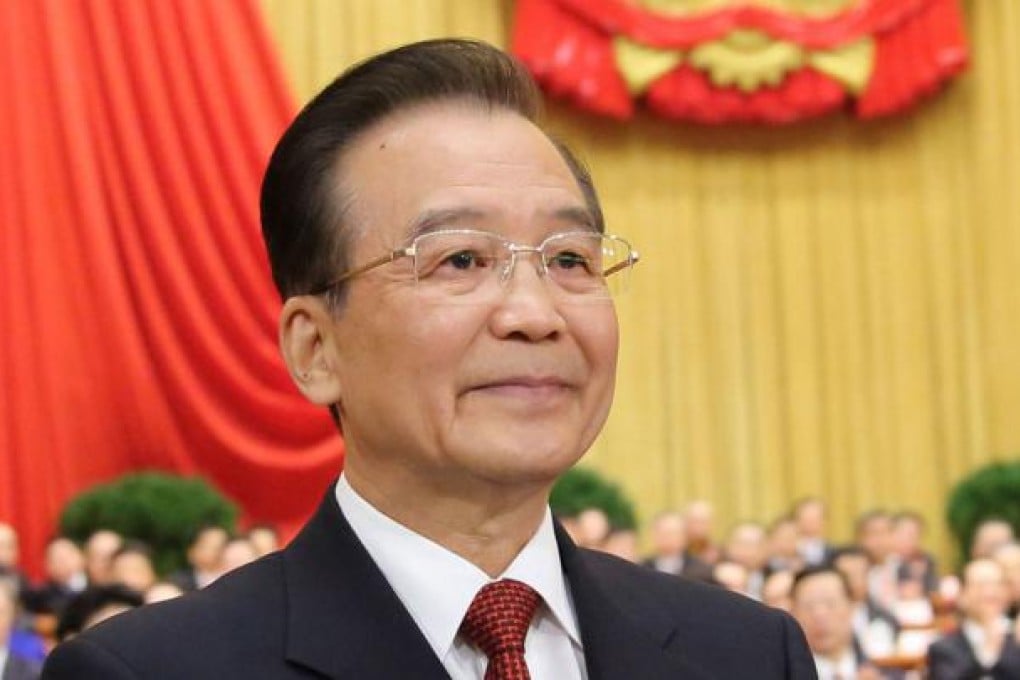Spirit of adventure can guide hukou reform
Winston Mok suggests steps to overhaul the system, based on experimentation and market rules

In Wen Jiabao's government work report, the theme of urbanisation again featured prominently. China has achieved an urbanisation rate of above 51 per cent. However, as at least 16 per cent (more than 200 million people) of the total population, such as migrant workers, are not registered in their city of abode, they lack full access to key public services including health care and education.
Behind the facade of "rough urbanisation", a large proportion of urban residents still remain second-class citizens. Therefore, fully integrated urban residents probably account for around 35 per cent of China 's population today.
It is widely recognised that the household registration system is at the heart of the matter. Since the system cannot be abruptly demolished without social upheaval, gradual change is needed. The issue is complex. For such a big challenge, perhaps China should follow its development path of experimentation and market-driven reforms.
Part of the solution may be staring us in the face. The "blue chop" hukou system - under which migrants were offered urban resident status with a certain amount of investment - was introduced some two decades ago but later phased out in Shanghai and Shenzhen. Tianjin is the only major city where such a system is still in place.
The "blue chop" system was simplistic and overly tied to property development. When urban services could not cope with the influx of new residents, the system was stopped in cities where the long-term costs outweighed the short-term real-estate-related economic benefits. Today, China could consider implementing a revised system, addressing past shortcomings while maximising proven benefits.
It could first be revived, for instance, in cities with populations of 5-10 million, particularly those with networks to major metropolitan areas. This could help promote efficient urbanisation while diverting population growth from mega cities such as Beijing and Shanghai. After such a scheme has gained traction, a second wave could begin in cities with a population of below 5 million.
The previous system has been criticised for selling hukou in exchange for housing units. Indeed, property ownership may well be a key factor, but need not be necessary or sufficient. Like Shanghai , cities may set different tiers of hukou with different entry requirements, different ongoing obligations and different benefits. Preference should be given to the rural population around the areas, and to existing residents.